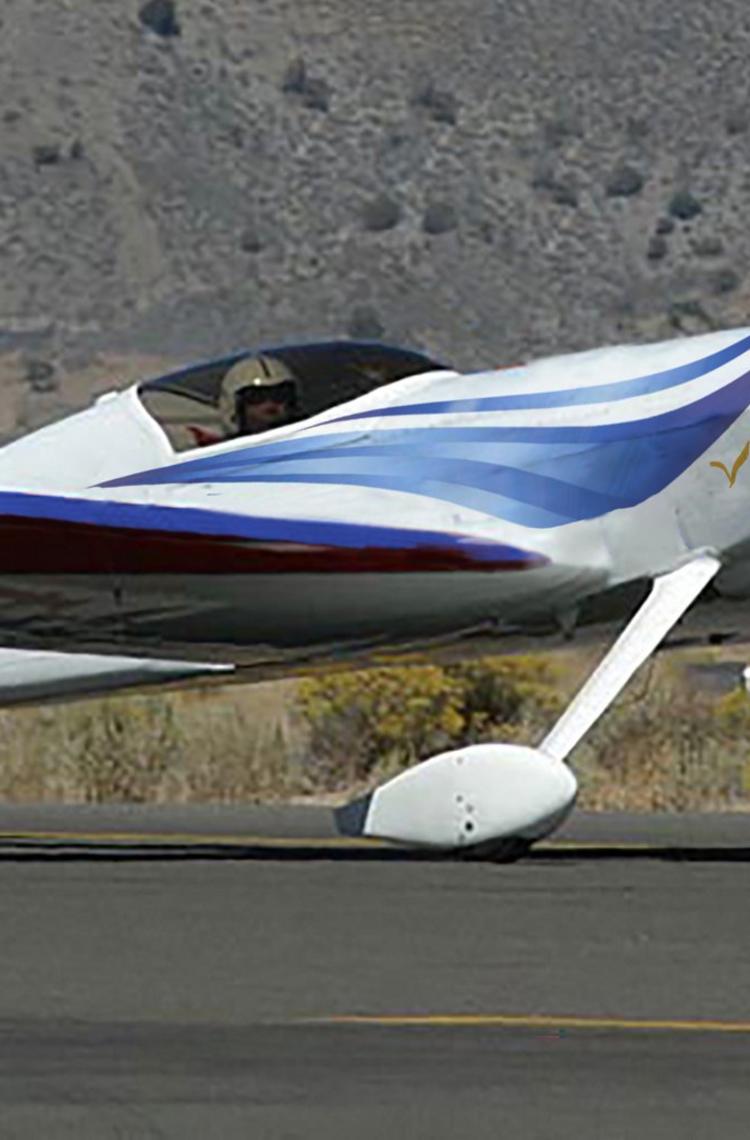Condor Aviation has made its name building and testing bespoke modifications to light aircraft. Now, thrilled by the challenge of electric flight, Team Condor—eight engineers from Condor Aviation—is applying that same expertise to create a customised electric aircraft for Air Race E.
Approximately seven years ago, Martyn Wiseman acquired a disused airfield, which dated back to 1942, in Yorkshire, UK. With the backing of his structural engineering company Condor Projects, he set about creating a small aviation R&D business—Condor Aviation. The airfield site underwent major renovation and now houses a full engineering shop that designs, builds and tests bespoke modifications to light aircraft. This is the headquarters of Team Condor, where Wiseman and a team of eight engineers are turning an existing sport plane into an electric-powered racing machine.
If air racing provides a boost to battery technology—as F1 has done for fuel efficiency and KERS—that can only be a good thing.
- Martyn Wiseman, Head of Team Condor
5 questions with Martyn Wiseman, Head of Team Condor
Q. Why did your team decide to enter Air Race E?
Air Race E is a tremendously exciting challenge! We’re a competitive group of people who like to win, so air racing is a fantastic opportunity. Over the past 20 years, we’ve been undertaking R&D and modifying aircraft—first as a hobby and, more recently, as a professional operation. After meeting Air Race E CEO, Jeff Zaltman, we decided we were in a great position to assemble a team and build a competitive race plane.
Q. Can you give us some insight on the aircraft you’re currently working on? What is your approach?
Firstly, we don’t aim to reinvent the wheel! There are some brilliant, proven airframes out there. And with some—admittedly extensive!—modification, we can change the powertrain from fossil fuels to electric. What needs to be considered is the weight of the batteries to enable the aircraft to run at full speed for the duration required. There are two options available: an airframe capable of carrying a large 250 hp-plus motor with heavy batteries, or a lighter frame with a 100 hp motor and lighter batteries. Both approaches are viable, so we’ve decided to go for both: an unlimited racer and a lightweight-restricted category.
Q. What sets your team apart in this race?
We’re one of just a few companies in the UK permitted to design and build or modify experimental aircraft under the new “E Conditions.” This means we can design, build and test-fly anything aviation-related without having to wait for either the Permit to Fly or a Certificate of Airworthiness from the regulatory authorities. That cuts months, if not years, off the build time.
Q. For you, what is the most exciting aspect of the race?
I love the engineering challenge, and I love to be a pioneer. I also like racing, and I love to win! As a businessman, I find the most exciting thing is to take an idea, prove it and then take it to market.
Q. How important is electric flight to the future of aviation?
Critical—from both an ecological and a commercial point of view. Air travel is here to stay, so we have to look to an alternative means of power, even if only for short-haul flights in the first instance. If air racing provides a boost to battery technology—as F1 has done for fuel efficiency and KERS (Kinetic Energy Recovery System)—that can only be a good thing.
Martyn Wiseman is head of Team Condor, a participating team in Air Race E, which will become the world’s first all-electric airplane race when it launches its inaugural series of international races in 2020.
The demand for speed, performance and power management under the rigors of a competitive race environment provides the perfect platform for the development and promotion of cleaner, faster and more technologically advanced electric motors. Airbus is the Official Founding Partner of the series.
